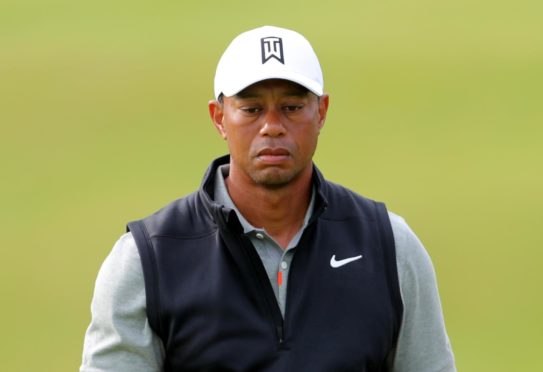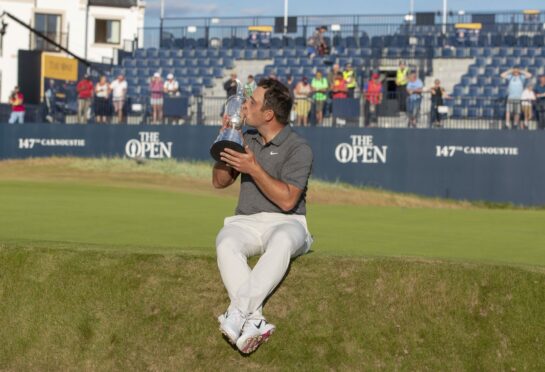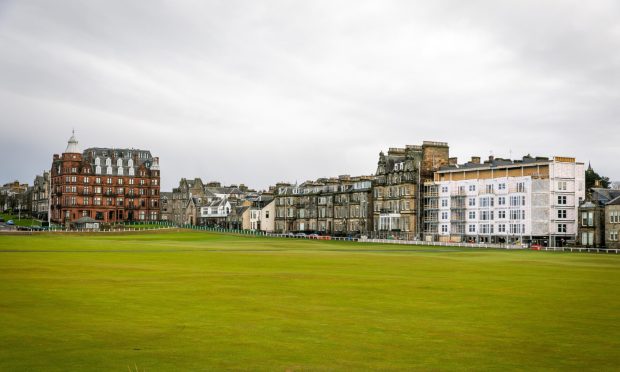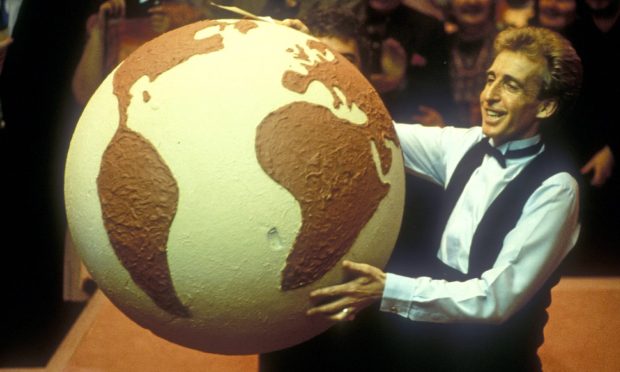Regular readers will know that T2G likes to refer to the PGA Tour’s perennial Local Rule, that added to the normal Rules of Golf but apparently superceding every other one.
It is: Anything that even mildly inconveniences the elite golfer is to be strenuously opposed or even eradicated.
It is in this spirit that we have the tour’s new $40 million Player Impact Program (PIP) bonus pool, revealed in a fine scoop last week by Golfweek’s Eamon Lynch, the golf world’s most suave Irishman.
Exclusive: PGA Tour to create $40 million bonus pool for stars like Tiger Woods, Bryson DeChambeau https://t.co/MbEbzQGQB2 via @golfweek
— Eamon Lynch (@eamonlynch) April 20, 2021
This is a new money stream to “reward” top players for their success in driving fan and sponsor engagement. A number of “metrics” – I believe that’s the correct term – will measure players “who positively move the needle” (sorry Patrick Reed) and they’ll get a piece of the new, lucrative pie.
Therefore the 10 most visible players on social media and fan engagement (Tiger, obviously, Bryson, clearly, Phil Mickelson, probably) are likely to get more cash even if they suck it up on the course.
Good money, but PGL had much more
To digress briefly, the general view is that this is a way of steering players away from the perceived threat of Premier Golf League (PGL). The Saudi-backed breakaway has whispered in a few ears, although it has had few takers among the real elite.
Well, $40 million’s a fair whack for sure. But if the rumours are true, PGL offered Tiger five times that, just for himself, to defect to them. At least they did before he hit the accelerator when he meant to hit the brake (ahem) in LA back in February.
Anyway this new PIP takes player convenience to new, unprecedented levels. You don’t even have to play, just make sure you get thousands of Twitter, Instagram and Facebook likes being “positive” and you could win a maximum of $8 million. It’s genius.
Being less flippant momentarily, two aspects of this upset the traditionalists. The first is it messes with golf’s fabled meritocracy.
This means you earn big money only by playing well against the best. Of course there are many ways around this with appearance money, the Champions Tour and the like. But generally, if you don’t play well you don’t earn, and if you don’t earn, you’re gone, reasonably quickly.
Now we have a method that will at least sustain some big names without the need to play terribly well…but only for a little more time than usual. I don’t think Phil Mickelson’s witty jibes on Twitter will help him for long if he continues to miss cuts.
A different way to Grow The Game
Utterly ridiculous! How bout taking that 40 mil and give 20 mil to the @KornFerryTour and the other 20 mil to help grow the game. https://t.co/q9vYvkkojj
— Mark Calcavecchia (@MarkCalc) April 21, 2021
The other aspect that annoys the fuddy-duddies (check spelling) is the importance PIP places to modern media streams. The golf world, populated by a massive proportion of unreconstructed over-50s, views social media with suspicion and often outright hostility.
That it may actually have some importance is beyond them. Mark Calcavecchia, the former Open champion, rather ironically used Twitter to voice his opposition to the PIP. He asked why the money couldn’t be used to (that old chestnut) “Grow The Game”.
Well, it seems to me that recognising modern media streams and acknowledging their influence in driving interest among the young – you know, the people we’re trying to get to take up the game – is a sounder attempt at growing the game than most we’ve tried so far.
In that respect, the Player Impact Program is even like the Super League project which has floundered in football.
The people behind that, albeit ham-fistedly (and apparently without asking the people who actually coach and play the game) were looking at making ludicrous amounts of money, yes. But they also recognised the future: modern media streams, and a new kind of fan. That project may be dead in current proposed form, but it’ll be back.
It also reminds me of the general view in other sports – notably rugby and cricket – that terrestrial TV coverage is absolutely essential to getting into the minds of the young. How that’ll work when kids are all watching their phones and streaming sites and barely watch any “orthodox” TV anymore, I’m not quite sure.
The way to attract the young is to go where they are
This kid is going places. https://t.co/h8mXlQsWWO
— Bryson DeChambeau (@b_dechambeau) March 31, 2021
And being on their phones and social media is not necessarily a bad thing either.
Last week, I gave my 23-year-old son a book on a subject I knew he’d be interested in. (It was David Halberstam’s classic `Playing for Keeps: Michael Jordan and the World He Made’).
He said he didn’t read books, and of course I was appalled. But the fact is he’s read far more than I had at his age (and I did a literature degree). He does so daily, and is much more informed than I was. It’s just he, his friends and it seems everyone younger, uses a different method.
The only way to reach the young is to go where they are. Right now, they’re all on their phones or tablets. That’s where golf – and other sports – have to go in the future.
In that respect, the PIP is maybe actually foresighted rather than just more golfing greed.










